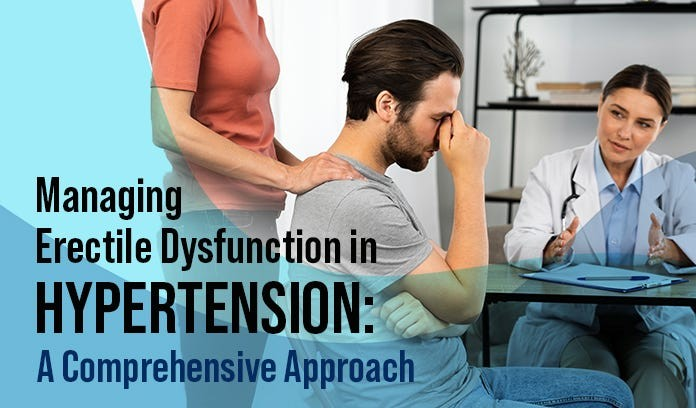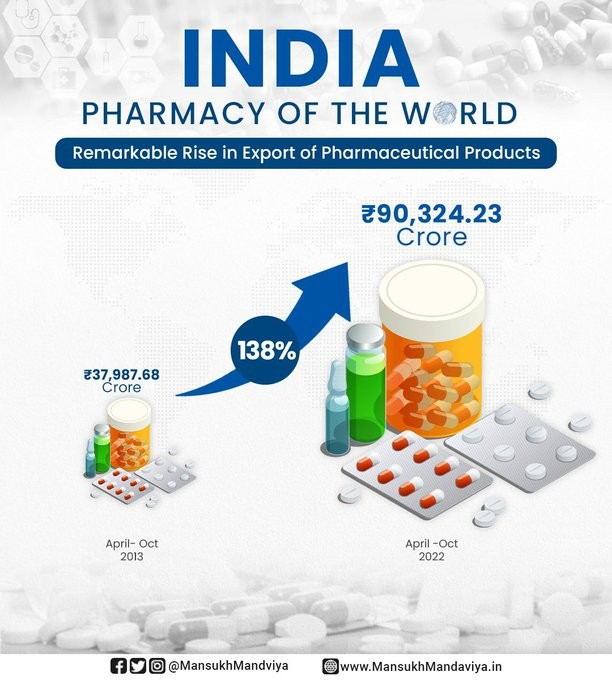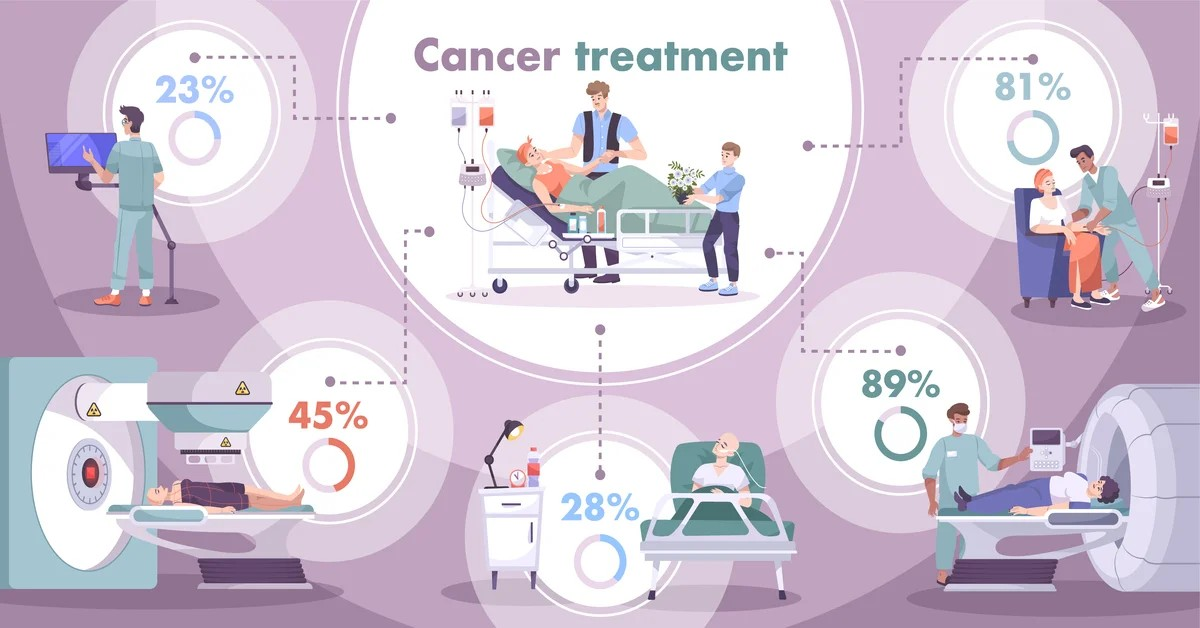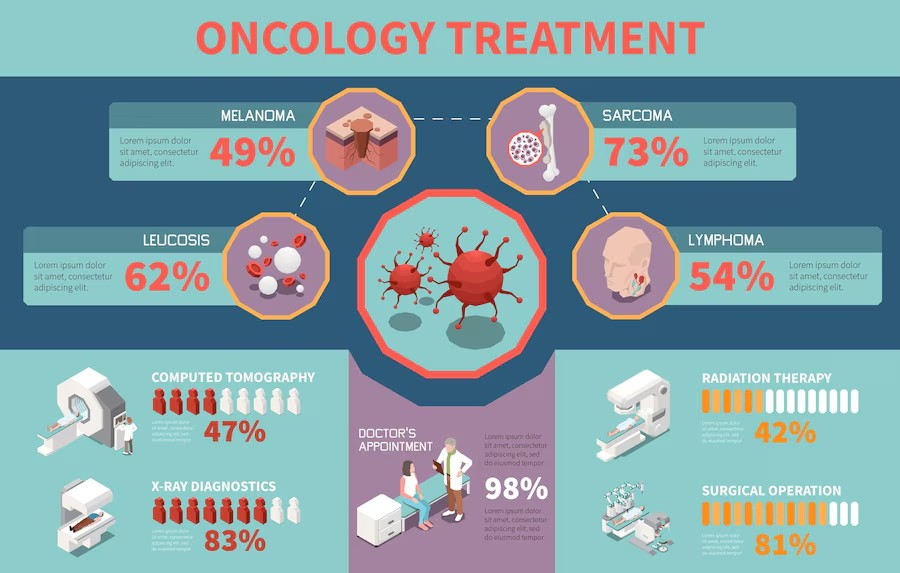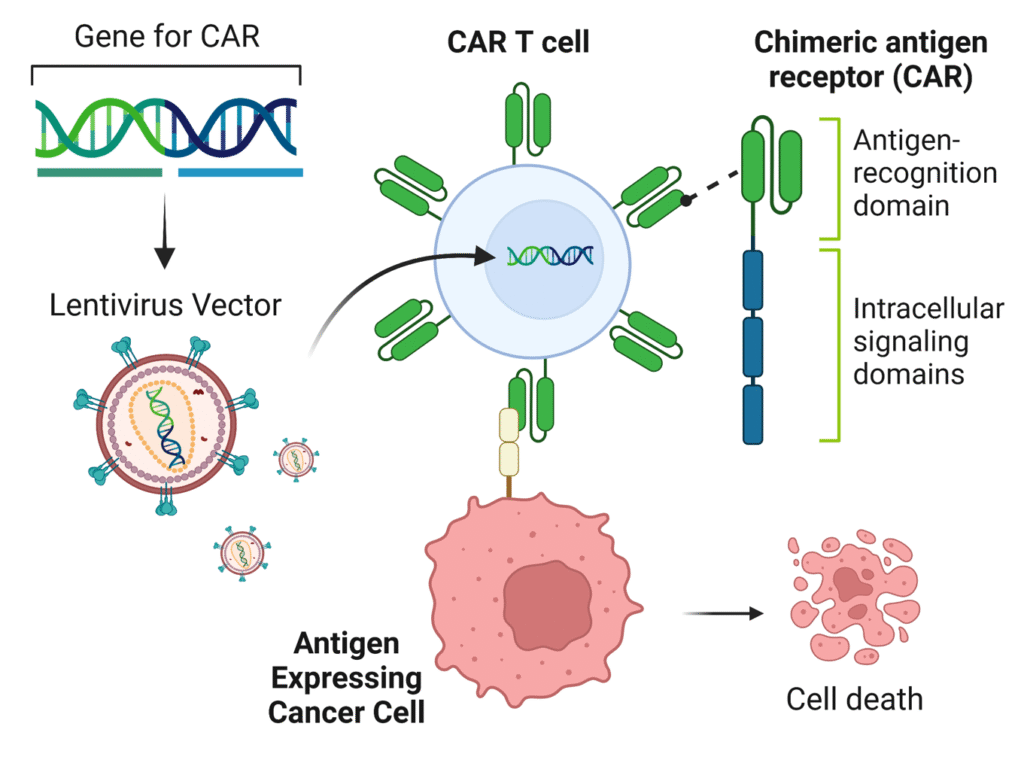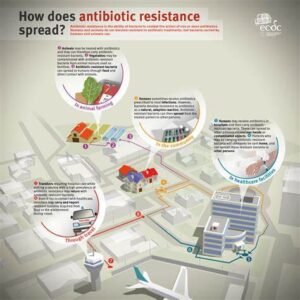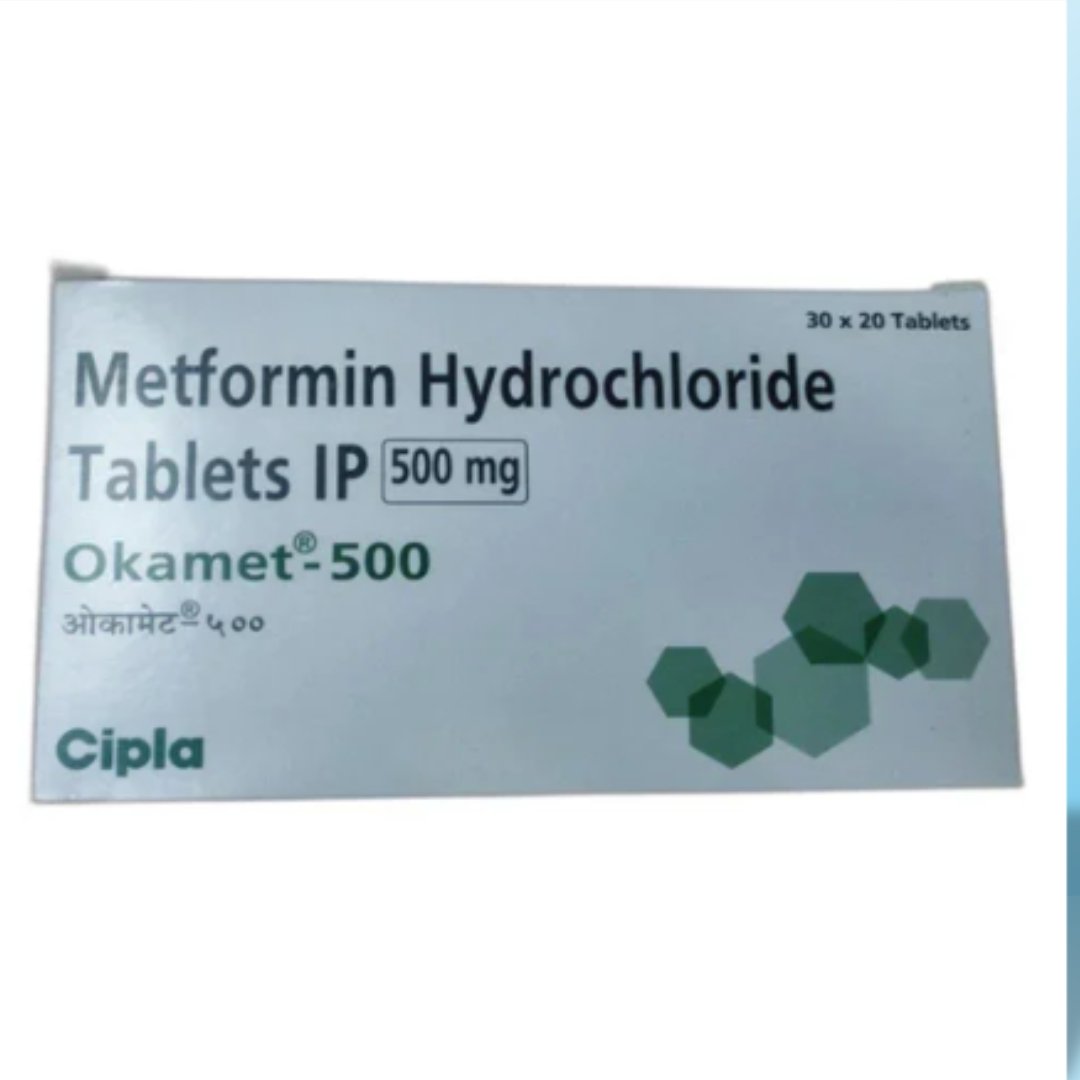Navigating Erectile Dysfunction Treatments: Options and Considerations
🧭 Introduction
Erectile Dysfunction (ED) is a common yet sensitive health issue affecting millions of men globally, especially over the age of 40. In today’s era of medical innovation and digital accessibility, finding effective, safe, and personalized ED treatment is more attainable than ever. At GlobMed India, we aim to make this journey easier by offering genuine pharmaceutical solutions, reliable consultation, and discreet delivery across India and globally.
🔍 What Is Erectile Dysfunction?
ED is the inability to achieve or maintain an erection sufficient for sexual intercourse. It can be temporary or chronic and is influenced by both physical and psychological factors.
🧠 Common Causes of ED:
-
Cardiovascular diseases
-
Diabetes and obesity
-
Hormonal imbalance (low testosterone)
-
Depression, stress, anxiety
-
Smoking, alcohol, or certain medications
💊 Effective Treatments for Erectile Dysfunction
1. Oral Medications – PDE5 Inhibitors
These are the most widely prescribed ED medications and include:
-
Vardenafil (Levitra)
-
Avanafil (Stendra)
💡 These enhance blood flow to the penis by inhibiting the PDE5 enzyme.
🕒 Onset time varies between 30 minutes to 1 hour.
💡 Buy from our Shop – 100% genuine, certified medications.
2. Lifestyle Modifications
-
Regular aerobic exercise (boosts circulation)
-
Quitting smoking and reducing alcohol
-
Managing chronic illnesses (e.g., hypertension, diabetes)
-
Counseling or therapy to address stress, relationship issues
3. Psychological Counseling
If the cause is psychological, sex therapy or cognitive behavioral therapy (CBT) can be effective.
GlobMed India partners with licensed psychologists for teleconsultation options soon.
4. Vacuum Erection Devices (VEDs)
These mechanical pumps draw blood into the penis and use a ring to maintain erection. They’re non-invasive and safe for those who can’t take pills.
5. Hormone Therapy
Low testosterone levels? Your doctor may prescribe Testosterone Replacement Therapy (TRT) after a blood test confirmation.
⚠️ TRT should never be started without lab-based hormonal analysis.
6. Surgical Options
For severe cases unresponsive to other treatments:
-
Penile Implants (inflatable or semi-rigid)
-
Vascular surgery (rare)
🤝 Why Choose GlobMed India?
At GlobMedIndia.com, we prioritize:
-
✅ Genuine FDA/WHO-certified medications
-
🛡️ Data privacy and discreet packaging
-
👨⚕️ Expert-backed health information
-
🚚 Fast shipping across India
-
💬 24/7 customer support
Explore our full ED treatment range
📦 Our Bestselling ED Products
| Product Name | Key Ingredient | Duration | Buy Link |
|---|---|---|---|
| Sildenafil 100mg | Sildenafil Citrate | 4–6 hrs | View Product |
| Tadalafil 20mg | Tadalafil | up to 36 hrs | Buy Now |
| Avanafil 200mg | Avanafil | 4–6 hrs | Coming Soon |
📌 FAQs
🔹 Is it safe to buy ED medication online?
Yes, but only from licensed providers like GlobMed India. Avoid counterfeit products.
🔹 Can I take ED pills with heart medications?
Consult your doctor first, especially if you’re on nitrates.
🔹 Is ED a permanent condition?
Not always. It can often be reversed through medications, lifestyle changes, or therapy.
📝 Final Thoughts
Erectile Dysfunction is treatable, and you’re not alone. With a wide range of modern options—from oral medications to lifestyle therapies and surgeries—there’s a solution for almost everyone. Take your first step toward recovery with safe, certified, and discreet solutions from GlobMedIndia.com.

